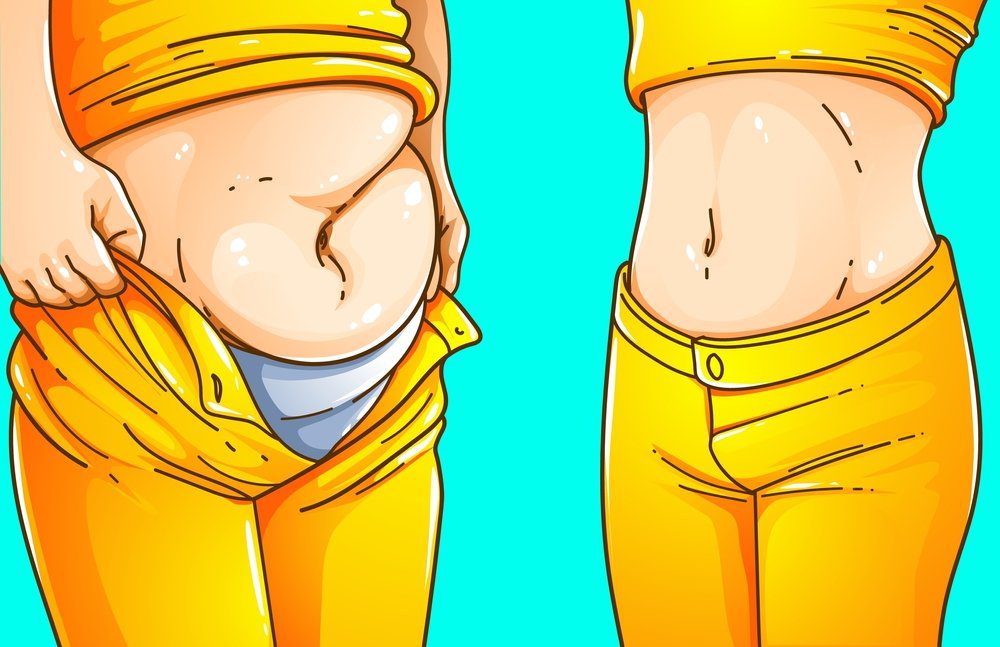There are still people (and look, at Sport Life we have been denying this for years) who believe that twisting at the waist reduces fat in this region, or that doing gluteal exercises will eliminate fat in the hips, or that if we do step-ups we will be able to eliminate the fat in the gluteofemoral area. They are myths that are transmitted from one person to another and that, after being repeated so much, in the end seem like a great truth. But there are numerous scientific studies that make this issue clear.

The Reason Why Many Women Lose Fat in the Abdominal Area but Not in the Hips.
Analytical exercises for certain body areas are no more effective than aerobic exercise in changing composition. Furthermore, regional distribution and mobilization of adipose tissue appears to follow a biologically selective pattern.
In the case of women, the thigh region is slightly more resistant to movement of the thighs. The activity of the lipoprotein lipase enzyme (LPD) in women is greater in the abdominal area than in the gluteofemoral area. This appears to be due to the stimulation of estrogen and progesterone. For this reason, many women lose fat from the abdominal area and not from the hip area.

 Workout
Workout
 Meditation
Meditation




 Contact Us
Contact Us














